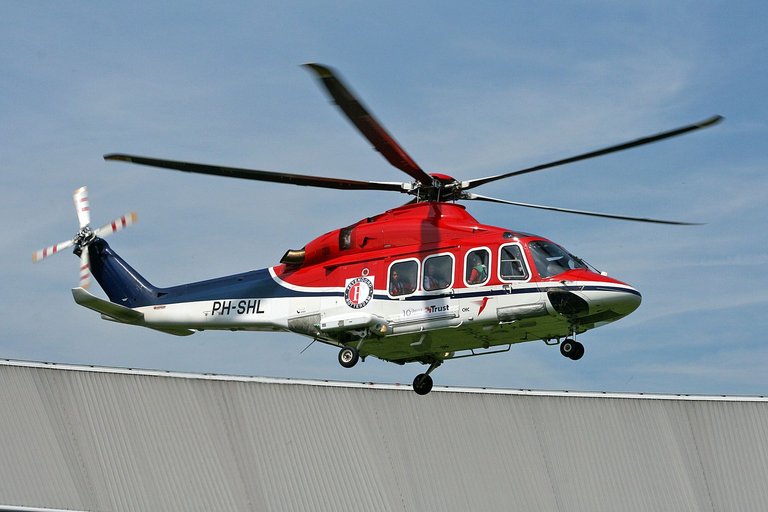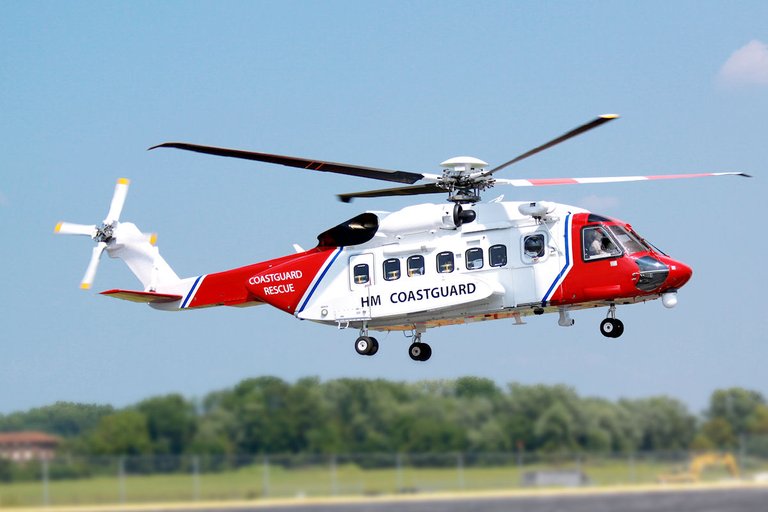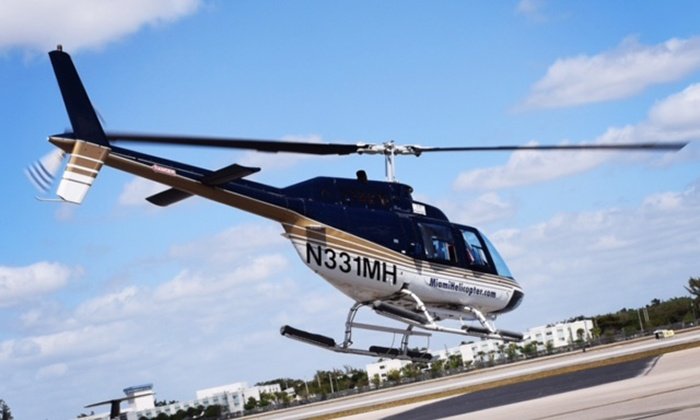
A helicopter is a kind of rotorcraft in which lift and push are provided by rotors. This enables the helicopter to take off and arrive vertically, to drift, and to fly forward, in reverse, and along the side. These credits enable helicopters to be utilized as a part of congested or disengaged territories where settled wing air ship and many types of VTOL (vertical departure and landing) airplane can't perform.

The English word helicopter is adjusted from the French word hélicoptère, begat by Gustave Ponton d'Amécourt in 1861, which starts from the Greek helix (ἕλιξ) "helix, winding, spin, convolution"and pteron (πτερόν) "wing".English dialect epithets for helicopter incorporate "chopper", "copter", "helo", "heli", and "whirlybird".

Helicopters were created and worked amid the main 50 years of flight, with the Focke-Wulf Fw 61 being the principal operational helicopter in 1936. A few helicopters achieved constrained generation, however it was not until 1942 that a helicopter composed by Igor Sikorsky achieved full-scale production,with 131 airplane built.Though most prior plans utilized more than one primary rotor, it is the single principle rotor with hostile to torque tail rotor design that has turned into the most well-known helicopter setup. Pair rotor helicopters are additionally in far reaching use because of their more noteworthy payload limit. Coaxial helicopters, tiltrotor air ship, and compound helicopters are on the whole flying today. Quadcopter helicopters spearheaded as right on time as 1907 in France, and different sorts of multicopter have been created for particular applications, for example, unmanned drones.The most punctual references for vertical flight originated from China. Since around 400 BC,Chinese kids have played with bamboo flying toys (or Chinese top).This bamboo-copter is spun by rolling a stick connected to a rotor. The turning makes lift, and the toy flies when released.The fourth century AD Daoist book Baopuzi by Ge Hong "Ace who Embraces Simplicity") purportedly portrays a portion of the thoughts innate to rotating wing flying machine.

Outlines like the Chinese helicopter toy showed up in Renaissance compositions and other works.In the eighteenth and mid nineteenth hundreds of years Western researchers created flying machines in view of the Chinese toy.It was not until the mid 1480s, when Leonardo da Vinci made a plan for a machine that could be portrayed as a "flying screw", that any recorded progression was made towards vertical flight. His notes proposed that he constructed little flying models, yet there were no signs for any arrangement to prevent the rotor from making the specialty rotate.As logical learning expanded and turned out to be more acknowledged, individuals kept on pursueing the possibility of vertical flight.
In July 1754, Russian Mikhail Lomonosov had built up a little coaxial displayed after the Chinese best however controlled by an injury up spring gadget and showed it to the Russian Academy of Sciences. It was controlled by a spring, and was recommended as a technique to lift meteorological instruments. In 1783, Christian de Launoy, and his workman, Bienvenu, utilized a coaxial adaptation of the Chinese best in a model comprising of contrarotating turkey flight quills as rotor sharp edges, and in 1784, exhibited it to the French Academy of Sciences. Sir George Cayley, affected by a youth interest with the Chinese flying best, built up a model of plumes, like that of Launoy and Bienvenu, yet fueled by elastic groups. Before the century's over, he had advanced to utilizing sheets of tin for rotor edges and springs for control. His works on his examinations and models would end up noticeably persuasive on future flight pioneers.Alphonse Pénaud would later create coaxial rotor show helicopter toys in 1870, likewise controlled by elastic groups. One of these toys, given as a blessing by their dad, would motivate the Wright siblings to seek after the fantasy of flight.
I Love Fly with Helicopter
you done superb job nice topic helicopter and his related work very nice,
Nice work dear